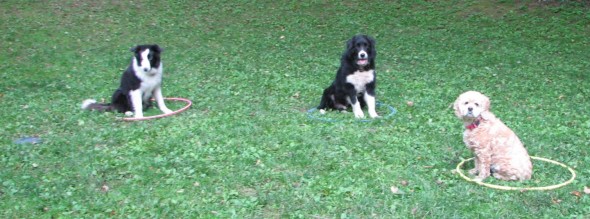Most dogs are adaptable enough that they are able to learn despite the quality of our training skills, not because of them. This ability has contributed to making them one of the most successful species on the planet. But, should you have a dog with more than average behavior challenges, specifically those that include fearful or aggressive responses, training skills do matter.
I could probably teach most any kid to read, regardless of not being up to date on the current research on language acquisition and reading techniques. However if you have a child with dyslexia or another condition which affects how they learn, you’d be better off finding a professional to work with them. Not only are you likely to get better results, the level of frustration your child experiences can be kept to a minimum, while achieving the maximum success.
The same is true for dogs. Training, along with the understanding of foundation concepts regarding how animals learn, contains an element of physical skill. Good trainers understand this and not only practice to improve their skills, take this into consideration when their attempts to get specific behaviors from dogs fail. It’s not always the dog’s fault. Timing and the rate of the delivery of rewards effects learning.
Not only do I look to great dog trainers for inspiration, I look at the trainers who get non-domesticated animals to perform sophisticated behavior chains and train animals to allow themselves to be handled for routine and often invasive husbandry practices. These trainers use reward-based training techniques, rarely needing to employ force, coercion or intimidation to get the behaviors they need.
For myself it is a matter of personal preference, I would rather work with animals in ways that do not scare, hurt or threaten them. It doesn’t matter that I could ‘make’ a dog hold still while I clip their nails, clean their ears or apply ointment to eyes or other body parts. I’d rather get their compliance by training them to offer me the behavior I need to perform those tasks. I could put a piece of equipment on a dog to get them to stop pulling on a leash, but I won’t until I exhaust my options and try to train them using a flat buckle collar and leash. I do this because of professional pride, to be a better trainer.
I will never stop working on my dog training skills and I’ve come to realize that my dogs are more than willing partners in this endeavor.
In this video my fearful dog Sunny learns to cross his paws. Later I worked on getting my border collie Finn, barking in the background, to be in the room and quiet, when another dog is having all the fun.

